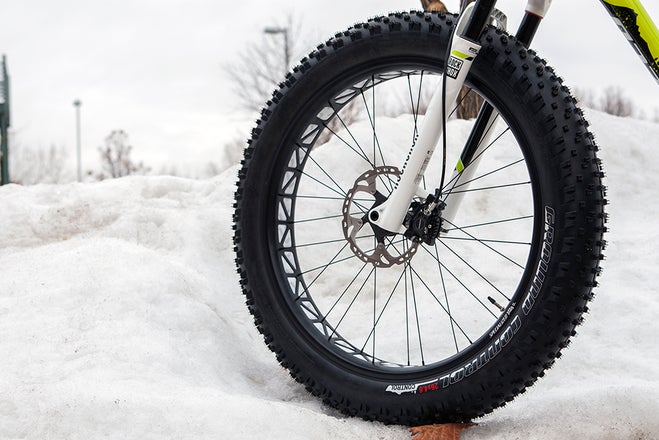Were the levers compressing down to the handlebars? For some reason it seems that letting a bike sit for an extended period can make fluid go away. Thats not whats happening but it seems like a description of the problem. I just put my enduro back into service and its MT5e brakes - which I know backwards and forwards - have a rear brake lever compressing waaaay down to near the handlebar. It needs at least a quickee top reservoir bleed to refill it. I've seen it happen a couple times before after a layover on different bikes, and there's no leakage visible anywhere or residue on any parts. So it just ... escaped?
But as
@PedalUma noted, bleeding is something of a black art and doesn't become straightforward and simple until you have done it a few times AND you have the right bleed kit and procedure down... not the worst idea to go to the LBS and let them do it. If you opt into learning the skill - which I am always in favor of provided you are up for a challenge - do your homework first and get the right tools for the job as well as spare pads, brake blocks. Alignment shims... Not as intimidating as it sounds but this is a job that needs to be done right or you could end up with no pad compression... or oil-greased pads.
